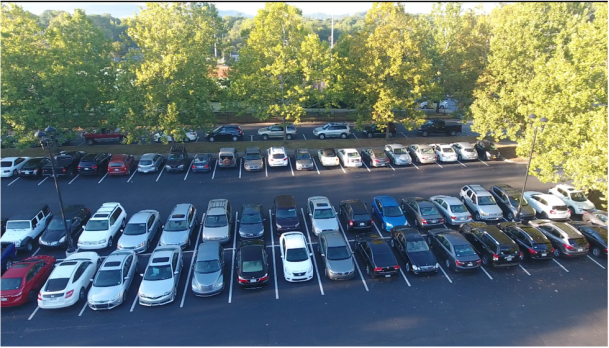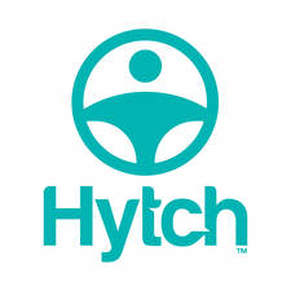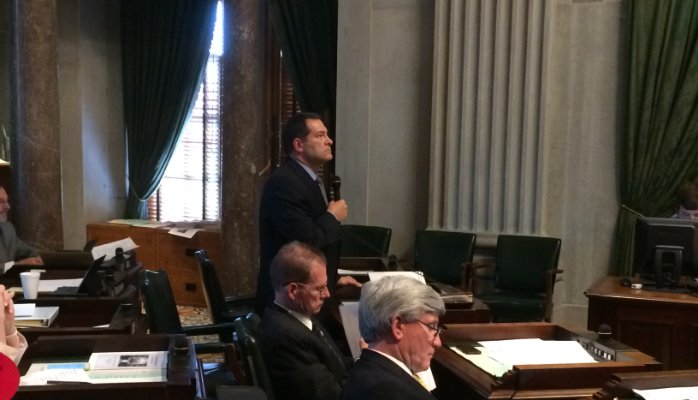We know we’re breaking the law when we do it. But who is looking? Compared to all other states, Tennessee ranks at the very bottom of the list for HOV citations. The idea HOV regulations can’t be enforced is nonsensical when we’re giving citations to people who speed or drive like slow pokes. It’s not about the safety of an officer, it’s a choice and therefore a de facto public policy to look the other way on Tennessee HOV laws.
The consequence is we don’t have HOV lanes. We see miles of single occupant vehicles clogging the HOV lane at rush hour, ignoring their intended purpose, which is to offer an incentive for tens of thousands of long distance commuters to ride the bus or carpool. That means we have guaranteed congestion. Nobody wins.
I’m happy to see high capacity mass transit alternatives proposed that relieve demand on our road network. It’s an expensive, 25 year vision with no immediate path to relief.
Between now and then, here’s why we should demand politicians and law enforcement policy makers give us back our HOV lanes:
- It’s the law, but we all know that. For 22 hours a day HOV lanes are for everyone, but for two hours leave it for the bus, electric vehicles, motorcycles and carpoolers.
- Sharing the ride on a daily commute is the single best way to take cars off the road, which is the single best way to address congestion in the near term.
- Long distance commuters have the greatest financial incentive to carpool and when they do, fewer cars come to Nashville. One reason they don’t ride-share is becauseof all those “important people” in their HOV lane stealing their reward.
- Middle Tennessee could put more frequent and super fast bus service into action to reduce traffic immediately, by doing nothing more than treating the HOV lane like it is intended, for two hours a day, or
- Bus traffic goes on highway shoulders. Reconstructing shoulders to carry a burden it was not designed for is more expensive and less efficient than HOV enforcement.






